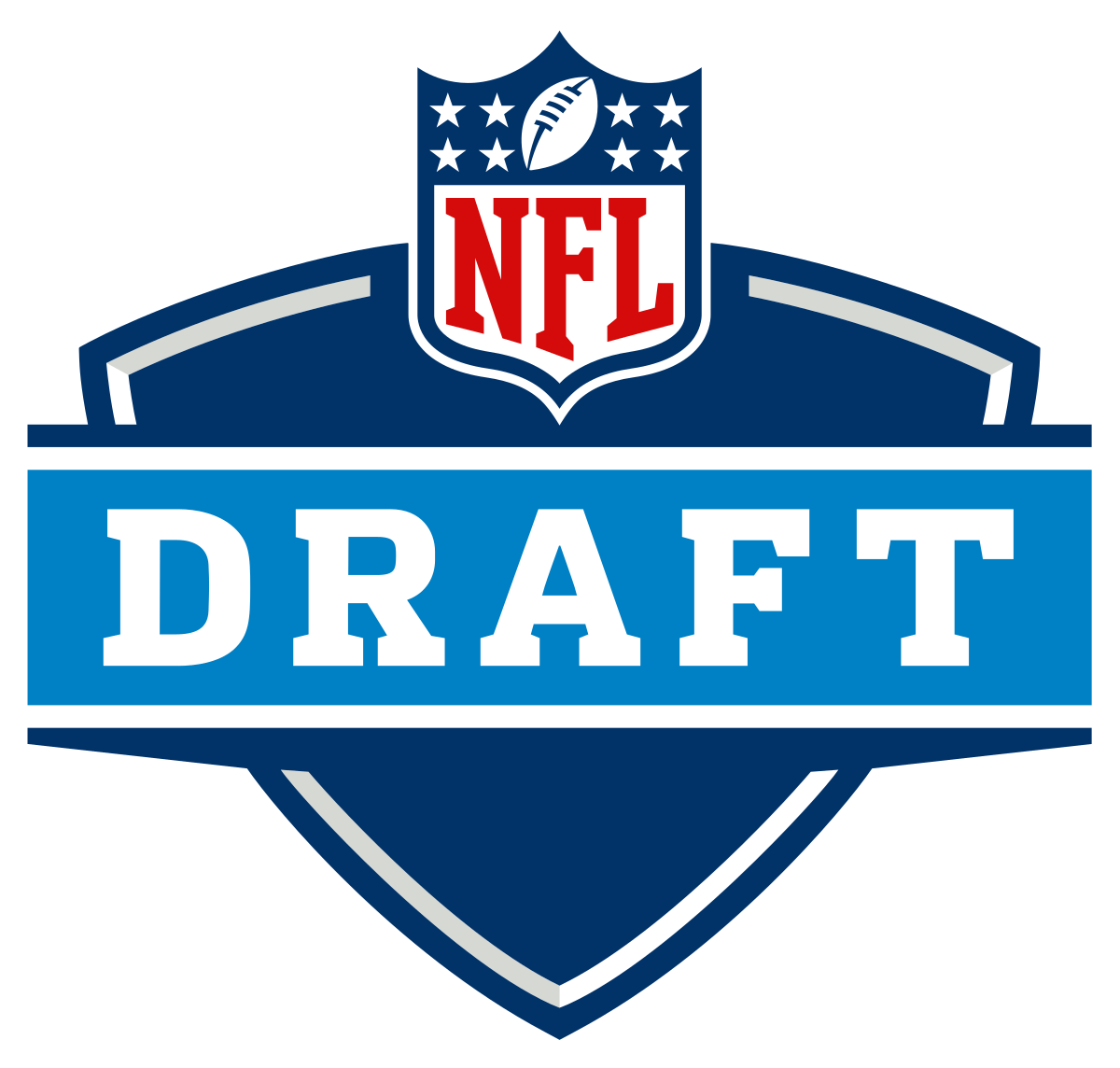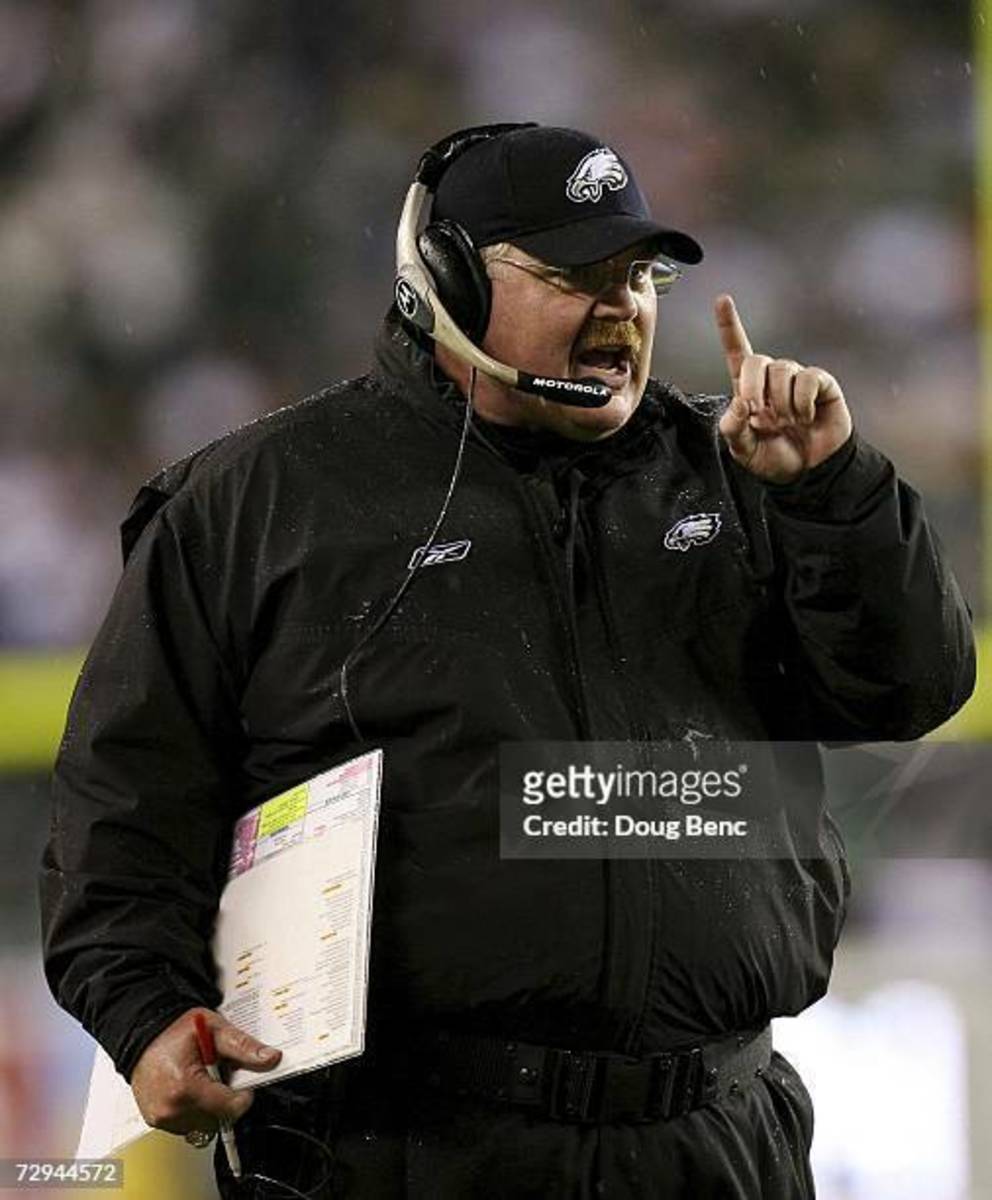- HubPages»
- Sports and Recreation»
- Team Sports»
- American Football
Jump Passing, Please Come Home
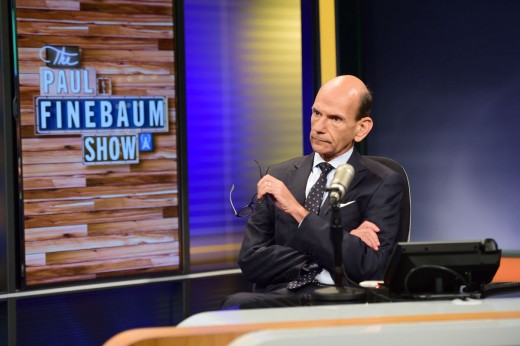
Respectful preface
This, precious followers, will not be a long hub. Okay. Okay. Sit down. Thank you kindly for the warm applause. The reason I am not going to hold you long is that it is still the fading days of 2016 and the last holiday season of the year. Plus you have lives to lead, parties to attend, food to consume and bills to pay.
I do not claim to be a sportswriter such as the "sports guru" Paul Finebaum, college football analyst on ESPN, host of The Paul Finebaum Show on SEC Network, and syndicated columnist. But boy oh boy, how I would love to be him for 24 hours. Man, at the people I could anger. But my point is I am not an expert on the subject of jump passes or jump passing as it was used in vintage college and early pro football games long before I was born.
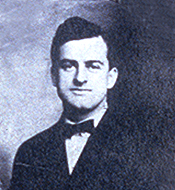

Eddie, on behalf of myself and all football fans everywhere for having the insight and vision to create the forward pass.
Sincerely,
Kenneth
Not "passing the buck"
but the football, so to speak, was illegal in the infancy of college and pro football. Why? Coaches in those days were stuck in routine of having star running fullbacks and halfbacks that could get the job done without any tinsel and flare of that controversial "forward pass." But from the books I have read, photos I have viewed and videos that I have sat through on early football games, (the) game of football was in every respect, boring to the bone.
There were no complex offensive schemes to fool the defense. Fact is there were no defensive or offensive coordinators in early football, just "Coach Iron Fist" whose word was law. If "Coach Iron Fist" said it, then it must be true. No questions asked. And so the game of football grew to just keeping the ball on the ground except for the legal punt and kick-off. That was it. God help the rebellious player who even suggested that the quarterback "pass" the pigskin to him or a teammate.
Eddie Cochems is given the title of the "Father of the Forward Pass." He gained this title in 1907 while coaching St. Louis University in 1907, and is also claimed to have invented the pass as we know it today. But along with the "forward pass," there came the once-legal lateral pass from one teammate to the other behind the line of scrimmage and of course, the old stand-by, the crowd-thriling, always exciting, jump pass.
Chief Lineman Dontari Poe used a jump-pass TD against the Broncos in 2016. The linked YouTube video proves that when something as classic as the jump pass is used, great results happen.
Jump pass defined
Today as in the early days of football when the coach or today an offensive coordinator calls for the jump pass, the quarterback will either take a few steps backward and jump as high as he can and with one great lob, send the football downfield to an awaiting receiver. Or the quarterback will hand the football off to a halfback or fullback such as Kansas City Chiefs lineman Dontari Poe using a jump-pass trick play to "put the final nail in the coffin" in a play-off game with number one nemesis, the Denver Broncos, Christmas Day, 2016. I witnessed this game and I have to say that watching Poe deliver the jump pass with such ease prompted me to yell at my wife (who was on her laptop), "Look! The old jump pass! I can't believe it!" It was a sight to behold.
I miss the jump pass. I really do. I have a copy of every yearbook (annual) from every year of my six years in Hamilton (Alabama) High School from 1967 - 1972 and in the early yearbooks, there are the football team photos and in a few, our quarterback was froze jumping and smiling delivering a smooth jump pass complete with his left arm extended to make it look even more exciting. Cheesy is what some of my friends called this always-effective football move. I liked the jump pass.
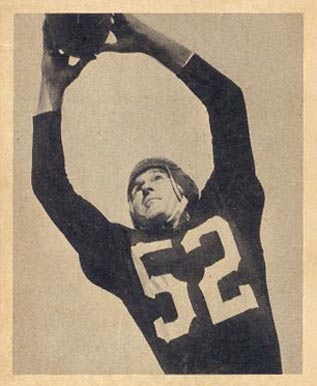
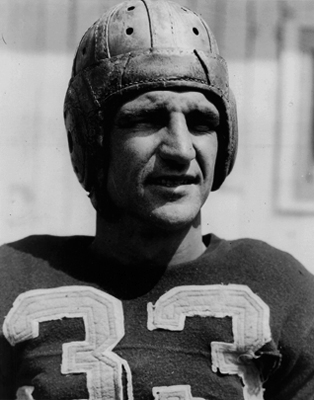
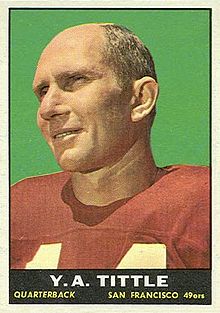
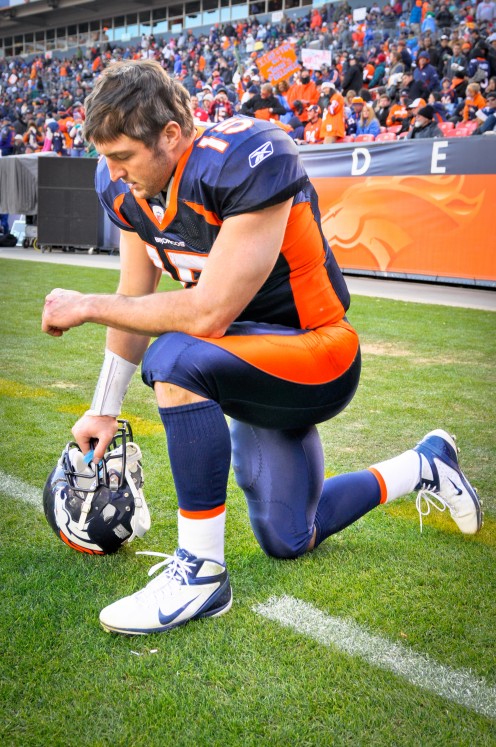
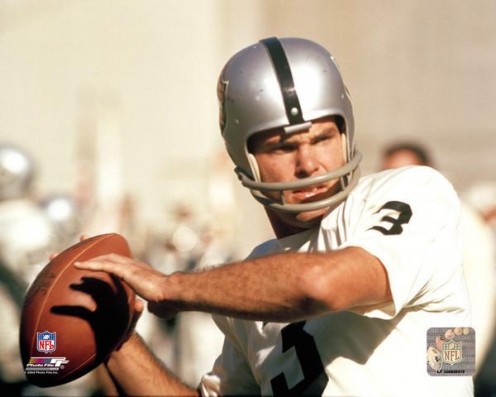
The other end of the spectrum
saw NFL legend, Daryle Lamonica, specialize in throwing "bombs" so much that sportswriters nick-named him the "Mad Bomber." Even in 2016 most of Lamonica's passing records in the NFL still stand and in all probability will stay that way.
Pro football and the jump pass
Harry Vincent Gilmer Jr. (April 14, 1926 – August 20, 2016) was an American football halfback and quarterback in the National Football League for the Washington Redskins and Detroit Lions. He was inducted into the College Football Hall of Fame in 1993.
Gilmer, always the innovator, is credited for being arguably the first professional football player to use the fabled "jump pass," when other coaches, team owners were just getting used to using a thing called the "halfback option," where a halfback has the option of keeping the ball and running for as many yards as he can get or hit his designated receiver who is charging downfield per the play's design.
Then there was Samuel Adrian "Slingin' Sammy" Baugh (March 17, 1914 – December 17, 2008) who was an American football player and coach. He played college football for the TCU Horned Frogs where he was a two-time All-American. He then played in the National Football League (NFL) for the Washington Redskins from 1937 to 1952. He was inducted into the Pro Football Hall of Fame in the 17-member charter class of 1963.
Baugh led the Washington Redskins to winning the NFL Championship in 1937 and 1942 and was named NFL Player of the Year by the Washington D.C. Touchdown Club in 1947 and 1948 for his play. In both of his Player of the Year seasons, he led the league in completions, attempts, completion percentage, and yards. In 1947, he also led the league in passing touchdowns, interception percentage and passer rating. And yes, this football legend in every sense of the word, was well-known for his swift jumping into the air and before the pass rushers could touch him, he had fired another successful jump pass to the waiting hands of one of his receivers. Why do you think he was given the nick-name, "Slingin'"?
And who could ever forget Yelberton Abraham Tittle Jr., (born October 24, 1926), better known as Y.A. Tittle, a former professional American football quarterback. He played in the (NFL) for the San Francisco 49ers, New York Giants, Baltimore Colts, after spending two seasons with the Colts in the All-America Football Conference.
Tittle was well-known for his competitiveness, leadership, and striking profile, Tittle was the centerpiece of several prolific offenses throughout his seventeen-year professional career from 1948 to 1964. Y.A. Tittle was always open to "new" offensive weapons so he and the "jump pass" matched like chalk and fresh grass on the football field.
Then there was a young man named Tim Tebow and what a talented football player he was. He was the Heisman Trophy winner in 2008 when he was the stellar quarterback (in 2007) of the Florida Gators under head coach, Urban Meyer's tut-ledge. Tebow was not just a physical talent, but a mental talent as well. In one game (see video on this hub) he opted to fool the defense of his opponent one Saturday afternoon and simply jump pass the ball to a designated receiver.
As I recall, the announcers joked about his unorthodox play of using the jump pass. But in this football fan's opinion, it worked, so back off the jokes. Of course, Tebow and the Gators won that and most of their games in that season.
Tim Tebow, while playing for Florida Gators against Louisiana State University, used the jump pass to stall toss the pigskin to an open receiver for a touchdown.

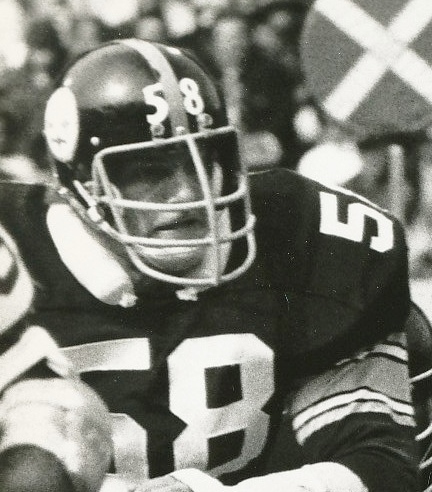
"Pioneers of Punishment"
The Ben Davidson's, Dick "Night Train" Lane, Sam Huff, and many more icons in the early days of the NFL were prototypes of such legends as: DIck Butkus, No. 51, middle linebacker of the Chicago Bears, Jack Lambert, No. 58, of the heralded "Steel Curtain" of the Pittsburgh Steelers.
And then came "Monsters of The Midway": The 1985 Bears defense who ran Buddy Ryan, the defensive coordinator's "46 defense" with perfection with names like Mike Singletary, Steve Mongo McMichael and more.
Illegal "weapons" and the NFL pioneers who used them
I have to be fair. So far I have praised how effective the jump pass was and still is, so now I want to briefly mention NFL legends such as Dick "Night Train" Lane who was (even in 2016) tagged as the "Most Feared Special Team/Defensive Back" of all-time.
"There is no such thing as a good tackle," Lane was quoted in one sportswriter's column. "Night Train" Lane's main objective was to hurt his opponent. But his main tool was "the clothesline" when his first weapon, the "necktie tackle" was made illegal. Lane would probably not last long in today's rule-infested NFL, but there again, not many of his kind would.
I have regaled you about the fierce (and dangerous) tackling style of Dick "Night Train" Lane, but this story would not be complete without mentioning another fierce and dreaded defensive back, Benjamin Earl Franklin "Ben" Davidson, Jr. (June 14, 1940 – July 2, 2012) was an American football player, a defensive end best known for his play with the Oakland Raiders in the American Football League; earlier in his career, he was with the Green Bay Packers and Washington Redskins of the National Football League.
Davidson was, by all indications and standards, "mean as a grizzly who some idiot woke up before spring," one early sportswriter said of him when he was playing against his main "thorn in the side," Len Dawson and the Kansas City Chiefs." Davidson's weapon of choice, the spear, was feared by opposing quarterbacks as well as running backs and receivers.
Davidson would not just tackle, much in the philosophy of Dick Lane, he would do his best to injure the opposing player for as Davidson thought, "one less opposing player is one less I have to worry about."
The "clothesline," "spear," "necktie tackle," and other early tools used by Dick Lane, Ben Davidson and others, did, I admit, make the game worth the price of a ticket. I have mixed emotions on these moves now being illegal. Sad that they are no longer part of the game, but happy at the few injuries there are because they are no longer allowed.
The jump pass, on the other hand, was not illegal and is still not illegal. I thank God that although it is not used that often, when the jump pass is executed, it is a quick reminder of just how exciting the game of college and pro football can really be.
And a Happy New Year and good night to Canton, Ohio, home of the NFL Hall of Fame, 2121 George Halas Dr NW, Canton, OH 44708
Dick "Night Train" Lane
Dick "Night Train" Lane
defined the word "legend" on the field in the early days of professional football by using then-legal "clothesline" tackling to get the ball carrier down. When that move was deemed illegal, Lane resorted to using his forearm to place underneath the chin of the ball carriers to almost take their heads off.
© 2016 Kenneth Avery

